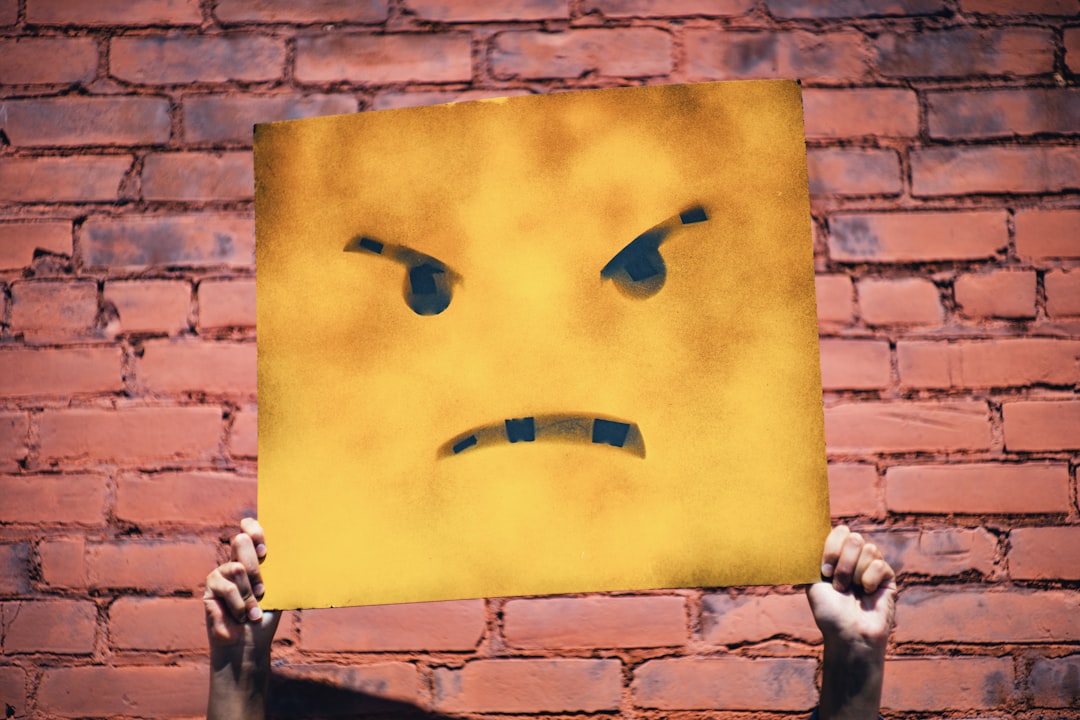What is it about?
Animals tend to keep the resources they first acquire, which has been seen as the basis for human ownership. However, humans actually usually transfer what they get to other people instead of keeping it for themselves. This paper looks at how ownership rules emerge and how they have changed over time. It looks at how ownership changed among early hunters, changed again when people started farming, and changed again when we started writing contracts. The paper suggests that modern property laws, which give people an incentive to transfer resources, could be affected if resources become scarce.
Featured Image

Photo by Jezael Melgoza on Unsplash
Why is it important?
The resources upon which we have built modern societies are becoming scarcer. We need to understand which social structures are compatible with societies that use fewer resources. This paper offers a new way to think about ownership in terms of the transfer of resources, and of why these ownership forms have been maintained in the past.
Perspectives
I enjoyed that this paper brings together a lot of new research and ways of thinking about society. Looking at the important topic of how societies change when their circumstances change, it uses evolutionary thinking as a powerful tool to explain how societies might continue to change in the not too distant future.
Tilman Hartley
Read the Original
This page is a summary of: The continuing evolution of ownership, PLoS ONE, February 2019, PLOS,
DOI: 10.1371/journal.pone.0211871.
You can read the full text:
Contributors
The following have contributed to this page










